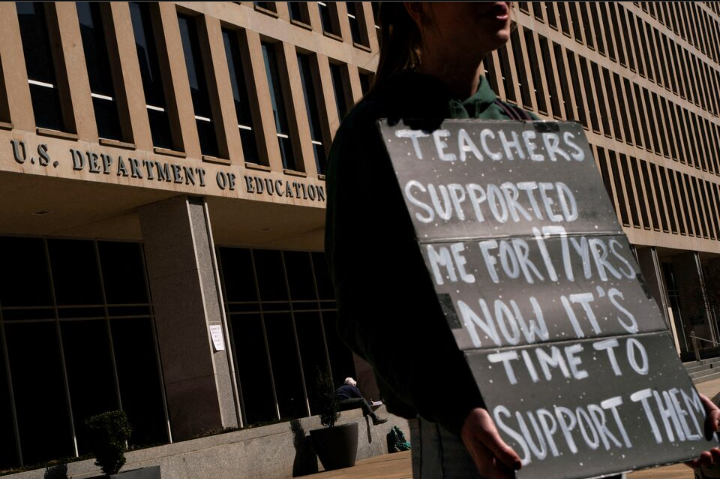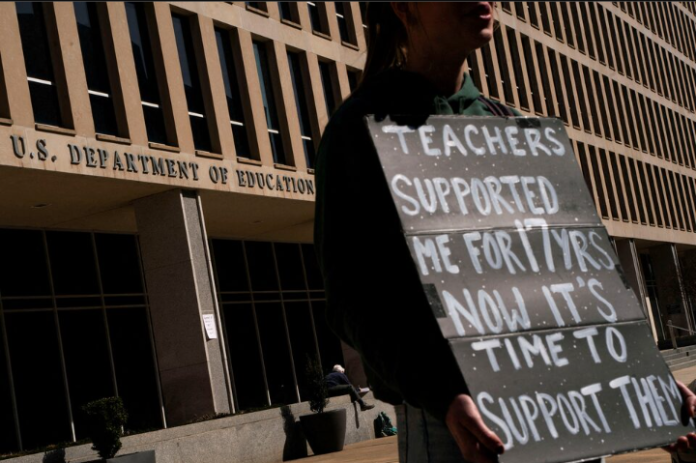In a bold move fulfilling a key campaign promise, U.S. President Donald Trump is set to sign an executive order on Thursday to dismantle the Department of Education. However, the decision has sparked immediate legal challenges and intense political debate, raising questions about its feasibility and impact on millions of students.
A Controversial Decision
According to a White House summary seen by Reuters, Trump’s order directs Education Secretary Linda McMahon to begin closing the department and transferring education oversight back to individual states. The order also specifies that any remaining federal education programs must not support Diversity, Equity, and Inclusion (DEI) initiatives or gender-related policies.
The move has drawn sharp criticism from Democrats and civil rights organizations. The NAACP has labeled it unconstitutional, warning that it could severely impact students who rely on federal aid, particularly those in low-income and rural areas.
Political and Legal Roadblocks
Trump cannot dissolve the Department of Education without congressional approval, a significant challenge given that Republicans hold only a 53-47 majority in the Senate. Eliminating a cabinet-level agency requires 60 votes, meaning at least seven Democratic senators would need to support the measure—an unlikely scenario.
Democratic attorneys general from 20 states, along with the District of Columbia, have already filed a lawsuit seeking to block the closure. They argue that dismantling the department would disrupt critical functions, including student loans, special education programs, and civil rights enforcement.
Senator Patty Murray (D-WA) strongly opposed the move, calling it a “slash-and-burn campaign” by Trump and his adviser Elon Musk. She vowed to fight against what she sees as an attack on public education.
Impact on Students and Schools
The Department of Education currently oversees approximately 100,000 public schools and 34,000 private schools, with most public school funding coming from state and local governments. However, federal grants help support teachers, infrastructure improvements, and special education programs.
A sudden shutdown could jeopardize billions of dollars in K-12 funding and college tuition assistance. Student loans, valued at $1.6 trillion and held by tens of millions of Americans, would need to be reassigned to another agency, though the White House insists these services will continue.
McMahon, co-founder and former CEO of WWE, has defended the decision, arguing that the department does not directly educate students or manage schools. She claims that shifting control to state governments will promote innovation and best practices in education.
What Happens Next?

Despite the executive order, the Department of Education’s immediate closure remains highly unlikely due to legal and congressional obstacles. However, the layoffs of over 1,300 employees, part of Trump’s broader effort to reduce federal government size, could significantly weaken the agency.
While Trump’s administration argues that federal oversight has failed to improve student performance, critics warn that eliminating the department could harm vulnerable students and lead to increased privatization of education.
The legal battle over this decision is only beginning, and the outcome will have lasting implications for the future of education in the United States.



